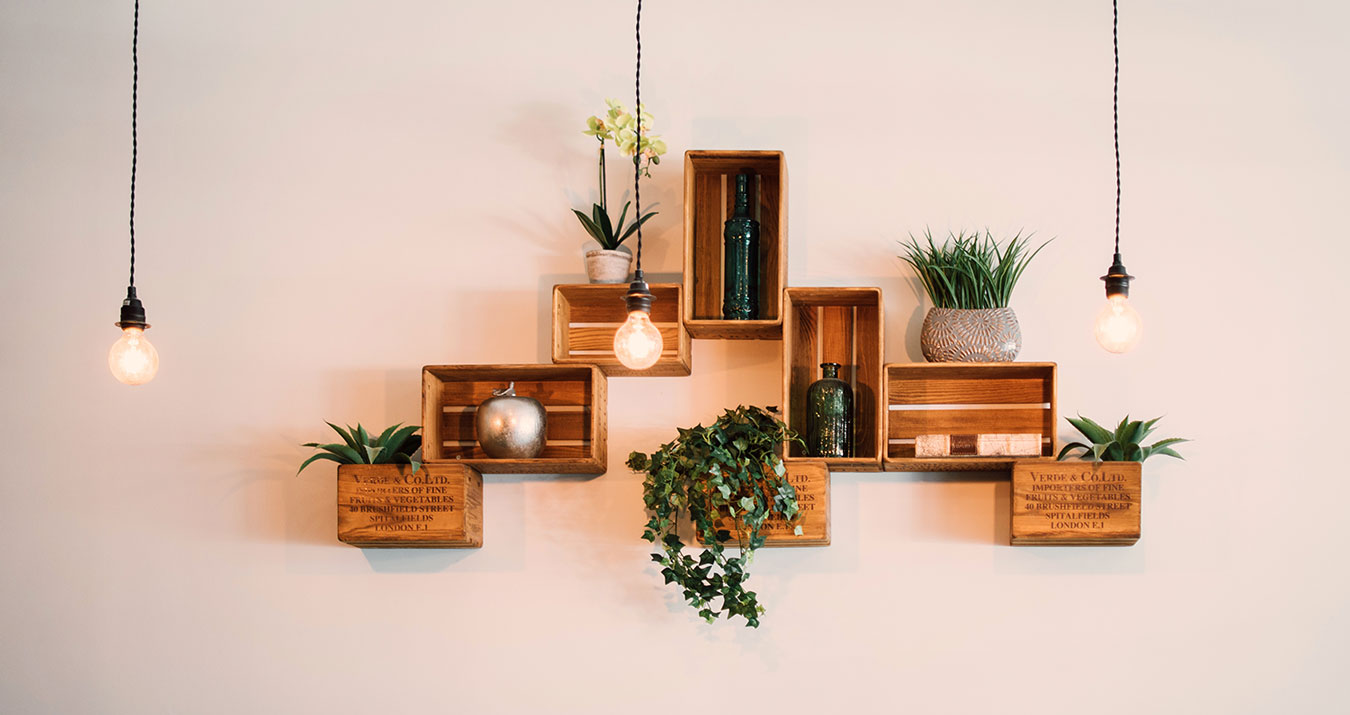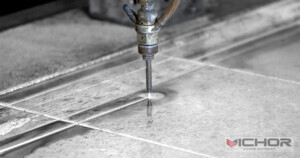
Waterjet Table Cost: 5 Key Factors & Price Ranges Explained (2025 Guide)
Understanding waterjet table cost is crucial for any business considering this powerful and versatile cutting technology. Waterjet cutters, capable of slicing through virtually any material with extreme precision using high-pressure water (often mixed with abrasive garnet), represent a significant investment. However, the price tag varies dramatically – from the cost of a luxury car to that of a large family home. This comprehensive guide breaks down the waterjet table cost into five key factors, providing clarity on what drives pricing and what you can realistically expect to budget.
1. Machine Type & Cutting Capability (Pure vs. Abrasive)
The fundamental distinction in waterjet technology directly dictates the core waterjet table cost structure:
Pure Waterjet Systems: These systems use ultra-high-pressure water (typically 60,000-90,000 PSI) without added abrasive. They excel at cutting soft materials like rubber, foam, gaskets, food products, insulation, and thin plastics. Pure waterjet systems are generally less expensive than abrasive systems.
Cost Range: Entry-level pure waterjet tables can start around $60,000 – $100,000. Mid-range models might fall between $100,000 – $150,000. High-end pure waterjet systems with advanced features or larger work envelopes can reach $150,000 – $250,000+.
Impact on Waterjet Table Cost: Lower pressure requirements (though still very high) and the absence of an abrasive delivery system simplify the design and reduce component costs compared to abrasive jets. The operational waterjet table cost is also lower due to no abrasive expense.
Abrasive Waterjet Systems: This is the most common industrial type. High-pressure water (typically 50,000-90,000 PSI) is forced through a small orifice, creating a supersonic stream. Abrasive garnet is then entrained into this stream within a mixing tube, creating an incredibly erosive cutting jet capable of slicing through metals (steel, titanium, aluminum), stone, glass, composites, ceramics, and thick plastics. This added complexity significantly increases the waterjet table cost.
Cost Range: Entry-level abrasive waterjet tables typically start around $100,000 – $150,000. The vast majority of industrial machines fall into the $150,000 – $350,000 range. High-precision, large-format, or specialized systems (like those for the aerospace or defense sectors) can easily cost $350,000 – $600,000+.
Impact on Waterjet Table Cost: Requires a high-pressure intensifier pump, a robust abrasive delivery system (hopper, metering valve, delivery lines), mixing head technology, and often more sophisticated filtration. The pump itself is a major cost driver, especially higher horsepower models.
2. Core Components & Their Impact on Waterjet Table Cost
A waterjet table isn’t a monolithic purchase; its price is the sum of sophisticated subsystems. Understanding these components helps demystify the waterjet table cost:
The High-Pressure Pump: This is the literal heart of the system and often the single most expensive component. Pump horsepower (HP) directly relates to pressure output and cutting capability/speed. A 30HP pump is standard for entry-level abrasive cutting, while demanding applications might require 50HP, 75HP, 100HP, or even more. Cost Impact: Pump costs can range from $50,000 for a basic 30HP unit to well over $200,000 for a high-HP, ultra-reliable industrial pump. This is a primary driver of the overall waterjet table cost. Direct-drive pumps are becoming more common, offering potential efficiency benefits but often at a higher initial cost than traditional intensifier pumps.
Cutting Table & Motion System: This defines the work envelope (X, Y, Z travel) and precision. Factors include:
Size: Larger cutting beds (e.g., 5’x10′, 6’x12′, 8’x20’+) cost significantly more than smaller tables (e.g., 4’x4′, 4’x8′).
Structure & Rigidity: Heavy-duty, vibration-dampening frames built for industrial 24/7 use cost more than lighter duty frames.
Drive System: Precision ball screws offer high accuracy and repeatability but are more expensive than rack-and-pinion systems, which are common for larger industrial tables needing speed over micron-level precision. Linear motors represent the premium (and highest cost) option.
Positioning Accuracy & Repeatability: Higher specifications require more expensive components and tighter manufacturing tolerances.
Water Tank: Integrated catch tanks vary in size, material (stainless steel preferred), and design complexity. Cost Impact: Table/motion systems can range from $40,000 for a basic small-format system to $200,000+ for a large-format, high-precision, rigid industrial table.
Control System & Software: The CNC controller (often based on industrial PC platforms) and cutting software are critical for usability and performance. Entry-level systems might use simpler controls, while high-end systems feature advanced software with features like automatic taper compensation, nesting optimization, collision avoidance, and sophisticated CAD/CAM integration. Cost Impact: Controls and software can add $15,000 – $50,000+ to the base waterjet table cost, depending on sophistication.
Cutting Head & Nozzles: The cutting head assembly (including orifice, mixing tube, abrasive metering valve, and height control sensor – Z-Axis) is a consumable item but also a precision component. Advanced heads with auto-height-sensing (AHC) or auto-taper-compensation (ATC) add cost but improve cut quality and reduce setup time. Cost Impact: Basic heads start around $2,000, while advanced AHC/ATC heads can cost $10,000 – $20,000+.
3. Operational Costs: The Ongoing Waterjet Table Cost Equation
The purchase price is just the beginning. Understanding the total cost of ownership (TCO) is vital. Key operational factors affecting long-term waterjet table cost include:
Abrasive Garnet: This is typically the largest ongoing consumable expense for abrasive jets. Consumption rates depend on material thickness, hardness, cutting speed, orifice size, and water pressure. Garnet prices fluctuate based on grade (mesh size, hardness) and market conditions. Cost Impact: Expect abrasive costs to range from $0.10 to $0.50 or more per minute of actual cutting time, translating to thousands of dollars per month for busy shops. Optimizing cutting parameters and nozzle life is crucial for managing this waterjet table cost component.
Electricity: High-pressure pumps are significant energy consumers. A 50HP pump running continuously can draw substantial power. Cost Impact: Energy costs can easily add $5 – $20+ per hour of operation, depending on local electricity rates and pump efficiency. Variable speed drives can offer savings.
Water: While water itself might be relatively inexpensive, its treatment is critical. Water must be filtered and deionized to prevent pump and nozzle damage. Water recycling systems (closed-loop) significantly reduce water consumption and sewer costs but add complexity and upfront cost. Cost Impact: Municipal water/sewer costs for open systems or maintenance/consumables (filters, salts) for closed-loop/recycling systems add to the operational waterjet table cost.
Consumable Parts: Orificies (typically sapphire or diamond), mixing tubes (made of carbide or diamond), high-pressure seals, valves, and abrasive delivery parts wear out regularly. Cost Impact: Monthly consumable costs can range from $500 to $2,000+, heavily dependent on usage hours and material cut.
Maintenance & Service: Regular preventative maintenance (pump rebuilds, valve servicing, axis lubrication, calibration) is essential for reliability and longevity. Unexpected breakdowns require technical support and parts. Service contracts add predictability but are an ongoing cost. Cost Impact: Budget $5,000 – $20,000+ annually for maintenance and potential repairs. Service contracts often cost 10-15% of the machine’s purchase price per year.
Labor: Operator skill impacts efficiency, material yield (nesting), consumable usage, and maintenance needs. Cost Impact: Skilled operators optimize the overall waterjet table cost by maximizing throughput and minimizing waste/downtime.
4. Table Size, Capacity, and Configuration
The physical dimensions and capabilities of the cutting table itself are major determinants of the waterjet table cost:
Work Envelope (X, Y, Z Travel): Larger tables (e.g., 8’x20′ or 10’x30′) capable of handling big plates or mult

iple parts simultaneously cost significantly more than smaller tables (4’x4′, 4’x8′). Z-axis travel (height under the gantry) affects the maximum material thickness that can be cut. Cost Impact: Moving from a 4’x4′ to a 5’x10′ table can add $30k-$60k+. Very large tables (>6’x12′) can add $50k-$150k+ over standard sizes.
Load Capacity: Tables designed to handle extremely heavy materials (e.g., thick steel plate, large stone slabs) require reinforced structures, more powerful drive systems, and potentially specialized slat beds or support systems, increasing the waterjet table cost.
Multi-Head Configurations: Systems equipped with two or more independent cutting heads dramatically increase throughput for certain applications but add substantial complexity and cost. Cost Impact: Adding a second cutting head can increase the base waterjet table cost by $75,000 – $150,000+, depending on the pump’s capacity to support multiple heads simultaneously.
Automation Integration: Options like automatic loading/unloading systems (gantry, conveyor, robot), in-process probing, or automated nozzle changers significantly boost productivity but add considerable upfront investment. Cost Impact: Automation can easily add $50,000 – $250,000+ to the overall system cost.
5. New vs. Used/Refurbished Waterjet Table Cost Considerations
Budget constraints often lead buyers to explore alternatives to brand-new machines, offering different waterjet table cost profiles:
New Waterjet Tables:
Pros: Latest technology, full warranty (typically 1 year parts/labor, longer on pump), known history, manufacturer support, financing options, customization possible.
Cons: Highest upfront waterjet table cost. Significant depreciation in the first few years.
Cost Range: As detailed in sections 1 & 2: $100,000 – $600,000+.
Used Waterjet Tables:
Pros: Substantially lower initial purchase price (often 30-60% less than new equivalent).
Cons: Unknown maintenance/abuse history, limited or no warranty, potentially outdated technology/software, higher risk of unexpected breakdowns, difficulty finding parts/service for older models, may require significant refurbishment costs immediately. Requires expert technical inspection.
Cost Range: Highly variable. Older/smaller/well-used machines: $30,000 – $100,000. Recent models in good condition: $80,000 – $250,000.
Refurbished/Remanufactured Waterjet Tables (by OEM or reputable 3rd party):
Pros: Strikes a balance. Lower cost than new (often 15-35% less), major components (especially pump) rebuilt/replaced, updated critical systems (controls, software), thoroughly tested, often comes with a limited warranty (6 months – 1 year), lower risk than typical “used”.
Cons: Still more expensive than a pure used machine. Warranty usually shorter than new. May not have the absolute latest features.
Cost Range: $90,000 – $400,000+, depending on the original machine spec and level of refurbishment.
Making Sense of Your Waterjet Table Cost Investment
The waterjet table cost is a complex equation influenced by machine type, core components (especially the pump), operational expenses, physical size/capability, and whether you choose new, used, or refurbished. There’s no single “average” price. Key takeaways:
Define Your Needs: What materials? What thicknesses? What tolerances? What volume? What maximum part size? This dictates the necessary type, pump HP, table size, and precision level – the core drivers of the waterjet table cost.
Think Total Cost of Ownership (TCO): Look beyond the sticker price. Factor in abrasive, electricity, water treatment, consumables, maintenance, labor, and potential financing costs over 5-10 years. A slightly more expensive, efficient machine can have a lower TCO.
Get Multiple Quotes: Engage with several reputable manufacturers/dealers. Provide detailed RFQs (Request for Quote) outlining your specific requirements to get comparable bids. Ask for detailed breakdowns.
Consider Support & Service: Proximity and reputation of the manufacturer/dealer’s service team are crucial, especially for complex machines. Factor in the cost and availability of service contracts.
Explore Financing: Many manufacturers offer financing programs to help manage the capital expenditure of the waterjet table cost, spreading payments over time.
Investing in a waterjet table is a major decision. By thoroughly understanding the factors that drive waterjet table cost – from the initial machine type and components to the ongoing operational expenses and configuration options – you can make an informed choice that aligns with your production requirements, quality expectations, and financial reality. This powerful technology offers unparalleled versatility, and understanding its true cost is the first step to unlocking its potential for your business.
continue reading
Related Posts
- 1371 words6.9 min read
- 1449 words7.3 min read



